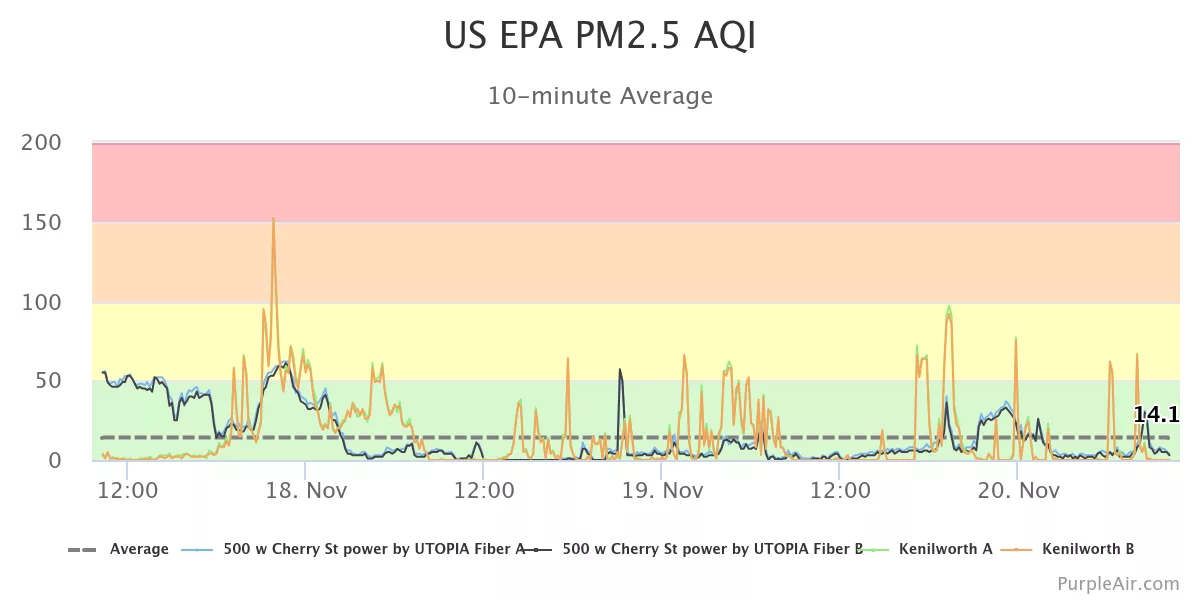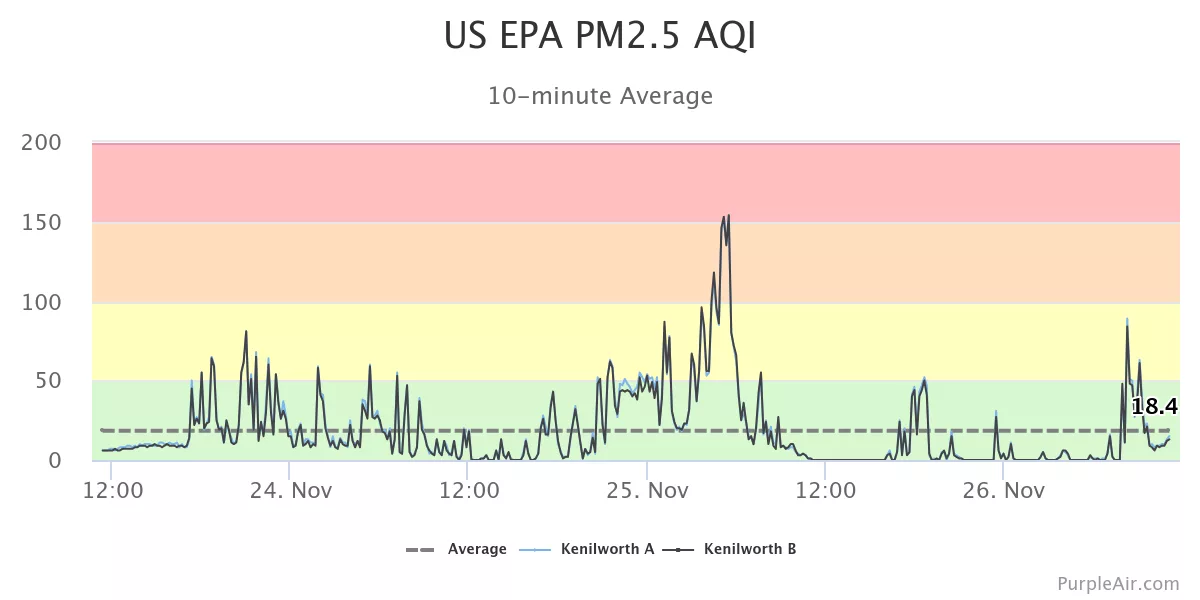
The Kenilworth mine fire has been a cause of concern for residents of Kenilworth and Helper, with many worried about the potential air quality impacts that the continued outpour of smoke could cause. On Wednesday, Oct. 30 the Utah Division of Oil, Gas and Mines held a public meeting to walk residents through the planned action to suppress the blaze. Now the UDOGM has an official time frame for the suppression operation, which will start the week of Nov. 25.
In a press release shared by the UDOGM, environmental scientist Jan Morse explains the plan of attack for the mine fire,” The mitigation plan involves sealing surface openings around the affected area with fire-resistant expanding foam. This process will help restrict airflow to the fire, aiming to slow its spread and reduce smoke emissions.”
One issue addressed by the UDOGM in both the meeting and the release is the steep terrain presented by the fire’s location. Because of this, contractors will be flown in via helicopter to the area before engaging the flames. These helicopters will also be tasked with transporting equipment to and from the operation site.
The plume of smoke which is visible across the Carbon Corridor, was first addressed by the Helper City Fire Department on Aug. 13, in a post that read,” Currently there is a mine fire flare up above Kenilworth. This is an existing fire that flares up from time to time. It is currently producing a higher than normal amount of smoke that can be seen for great distances.”
Although the smoke became visible earlier this year, this fire is something that the UDOGM Abandoned Mines Reclamation program has been monitoring since 2021. “ Although it does not threaten public safety, the visible smoke has raised concerns within the community. Like other underground coal seam fires, this fire is challenging to control, and records show that similar fires have been reported in the Kenilworth area as far back as 1906.”
The department continued, speculating that the cause of the fire may be from spontaneous combustion, a common natural risk in coal seams.
The UDOGM is also working with other departments to monitor air quality in the area; something which has been a major concern for residents of Kenilworth.
For citizens who may have concerns, questions or comments about the fire, you are encouraged to contact Morse at 385-799-0028 or janmorse@utah.gov.
Update Nov. 20, 2024
Preparations are well underway to battle the Kenilworth Coal Mine Fire. The UDOGM has provided an update on where things currently stand for this operation. Morse has shared that the contractors selected to battle this blaze have traveled to Colorado to undergo specialized training. “Due to the inherent hazards of this work, rigorous safety protocols must be followed. Once training is complete, work is scheduled to begin on Nov. 25,” said Morse in a press release.
The sealing operation will begin with the openings near Castle Gate. These openings are suspected to be the main vent for airflow which fans the flames, creating the smoke seen across the Castle Country Area. A specialized fire-resistant expanding foam will be used to restrict airflow to the fire and slow its spread and reduce smoke emissions
Work will then move to the smoke vent on the west bench above Kenilworth. With the same process being utilized to seal additional air sources.
“We are optimistic that sealing the vents will restrict airflow to the fire enough to slow its spread and reduce smoke emissions,” stated Morse,” If successful, this will also allow workers to safely access the fire area on the west bench and seal the main smoke vent. The work is expected to take approximately three weeks, though this timeline may change due to weather or access challenges.”
The biggest public concern remains air quality. However, scientists at the Utah Division of Air Quality have released the Air Quality Index (AQI) for the area, which sits at a weekly AQI of 23. For context, an AQI of zero to 50 is considered satisfactory with,” air pollution posing little or no risk with 24 hours of exposure.”
However, within Kenilworth Sites A and B, the average sits in the AQI range of 51 to 100, which is still acceptable, but,” may be a risk for some people, particularly those who are unusually sensitive to air pollution.
To view the AQI tracker, click here.
Update Nov. 26, 2024
Sealing work on the Kenilworth Mine fire has been delayed until Wednesday, Nov. 27 due to a supply issue. The sealing operations will begin with the first four openings near Castle Gate, which will be sprayed with expanding fire-resistant foam to prevent airflow from entering and fanning the flames.
Following this initial operation, three more openings are planned to be sealed on Tuesday, Dec. 3. These entrances will have to be accessed via helicopters, transporting equipment to and from the openings.
If these two operations are successful, contractors will then be able to access the west bench vent site above Kenilworth if it is deemed safe. If weather and atmospheric conditions allow, sealing work will occur on the site. “ Low-pressure weather systems can pose risks in coal mines by altering gas and air pressure balances, creating potentially hazardous conditions. If necessary, work will be postponed until conditions are safe,” explained Morse in a press release.
Air quality remains the top concern of citizens around the fire, and according to sensors near the mine as of Tuesday, Nov. 26, the AQI around Kenilworth sits at 21. For context, an AQI of zero to 50 is considered satisfactory with,” air pollution posing little or no risk with 24 hours of exposure.”
Those experiencing detrimental health effects from the smoke are encouraged to contact the Southeast Utah Health Department, you can call 435-637-3671.
For more information regarding air quality, Contact Ashley Sumner with the Utah Department of Environmental Quality with questions at 801-856-5683 or ssumner@utah.gov.
To view the AQI tracker, click here.
*This is an ongoing story, updates will come as they become available.


